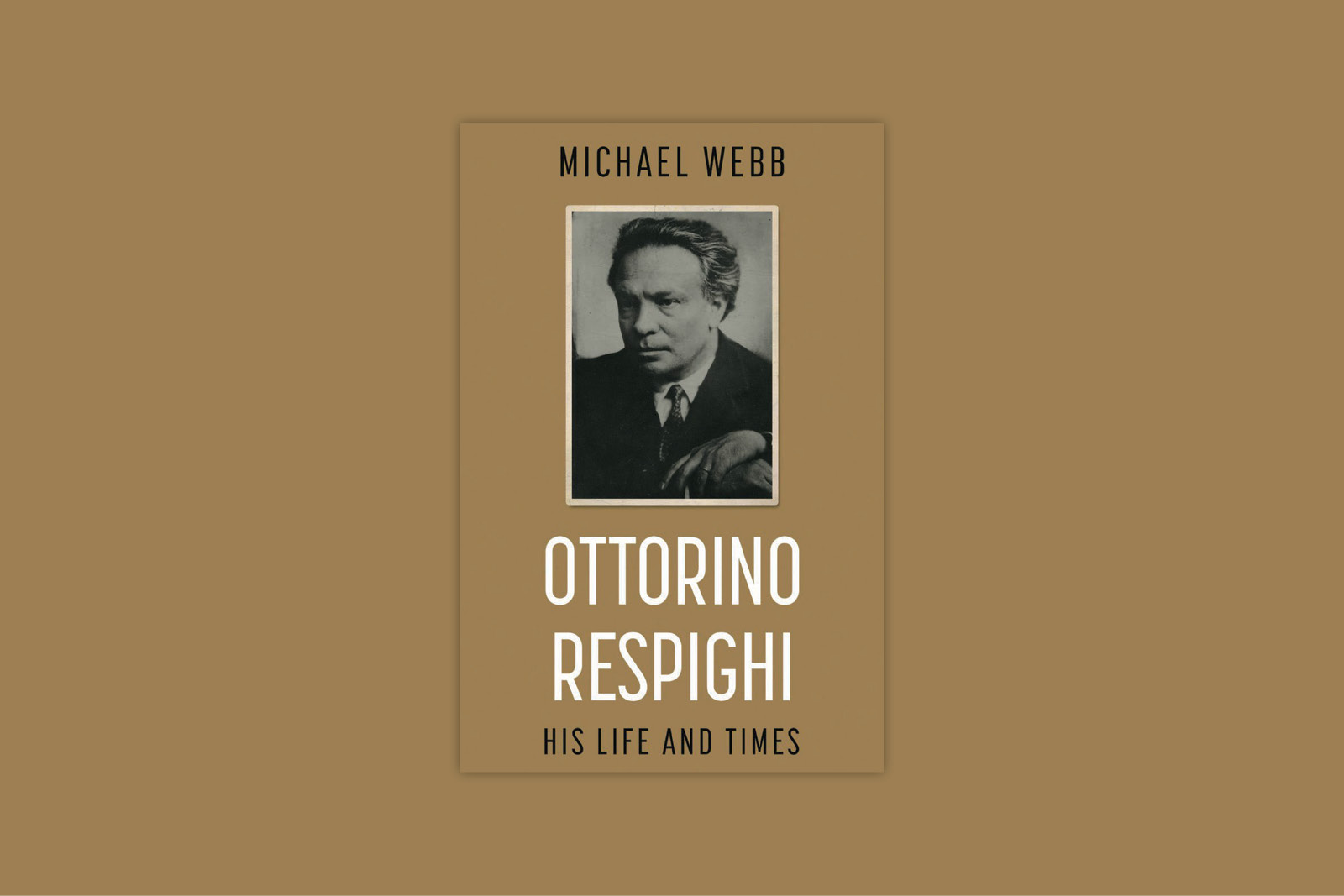Incredible but true: this constitutes the first English-language biography of its subject, save for an abridged 1962 translation of a 1954 memorial volume by Respighi’s widow Elsa. Ours not to reason why only now, 83 years after the composer’s death at 56 from endocarditis, has such a biography arrived. Ours, rather, to be grateful for its arrival, and to have our comprehension of the master’s career lastingly enriched.

“Career,” be it noted, not “psyche” or “inner man.” The creator of Ancient Airs and Dances and the Roman Trilogy eludes pop-psychologists and suchlike reductionists. To the limited extent that Respighi’s motivations emerge from this narrative, he seems to have been disappointingly pleasant to know: a faithful husband, a civil colleague (albeit his academic employers deplored his enthusiasm for foreign travel), a devoted pedagogue, a hard worker (who wrestled with bouts of depression), and a loyal Catholic believer. Narcissists and Promethean sleazebuckets generate energised prose much more readily. Virtue-signallers will bemoan Respighi’s eagerness to seek Mussolini’s favours; but then, the composer died too soon to have predicted the Rome-Berlin axis’s disastrous outcome.
Echoing Respighi’s own conscientiousness, Michael Webb has corrected various mis-statements of Elsa’s (probably arising from inattention rather than deceit) which have acquired an unjustified imprimatur and been quoted in all innocence by subsequent critics. It turns out that, for example, Respighi had much more limited, less exhaustive, dealings with Rimsky-Korsakov than reports of sustained teacher-pupil relations led historians to suppose. If this revelation proves dismaying, we can derive comfort from the discovery that Respighi’s gift for gorgeous orchestration – far from being innate – took time to develop. His early pieces offer no hint of it.
Many of these early pieces needed to wait until the late 20th and early 21st centuries to be performed, let alone recorded. Accordingly Webb (who helpfully provides a list, first released in 1985 and revised in 2008, of all Respighi’s scores) realises that Respighi-related scholarship must be a work-in-progress, in a way that Wagner-related or Schoenberg-related scholarship is not. Webb’s abundant footnotes, mostly citing Italian-language sources, compensate for the absence of a conventional bibliography. Although discographic data would have been welcome, perhaps including such data would have raised the volume’s already substantial cost price. That price is justified by such arcana as Webb’s revelation that both Respighi and Rudyard Kipling visited the same Brazilian snake-farm.
Of Webb’s own background we are told nothing, but with luck, he has more musicological studies planned. High proofreading standards dominate: a few typos (“Scriaban” for “Scriabin”, “guilt” where the context requires “gilt”) and fashionable errors of usage (“hopefully”, “disinterested”) impress by their rarity. An attractively unhackneyed font (Caslon), user-friendly indexing, and several photographs hitherto unknown outside specialists’ ranks: these add to the appeal of this book, which makes a formidable case for Respighi’s still-undervalued oeuvre.











Comments
Log in to join the conversation.